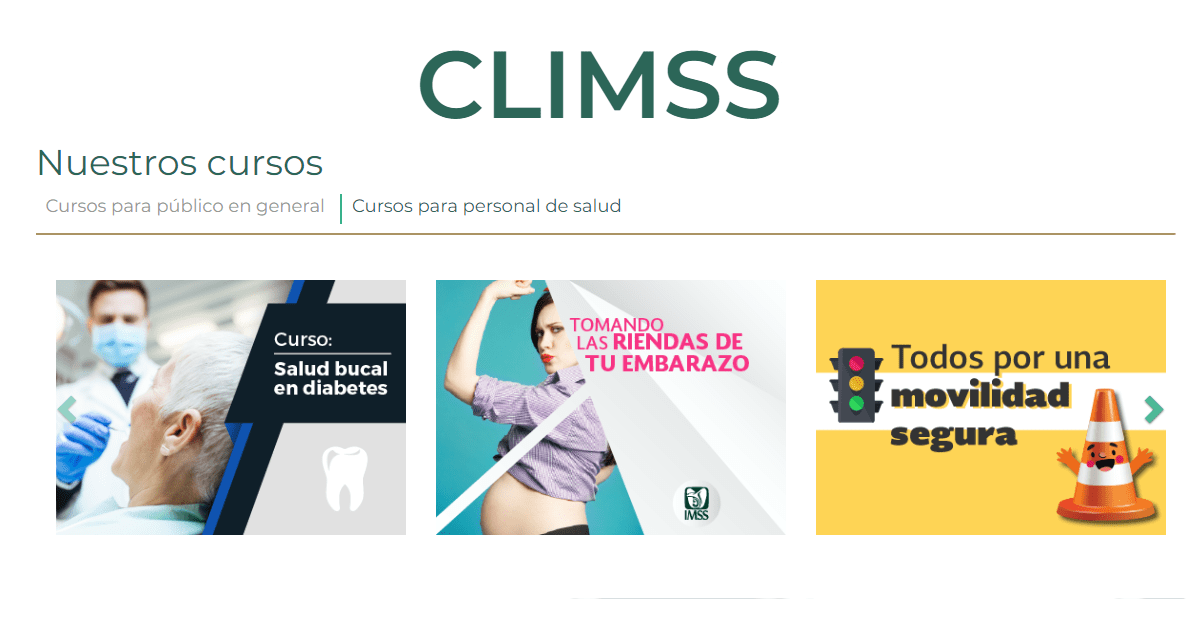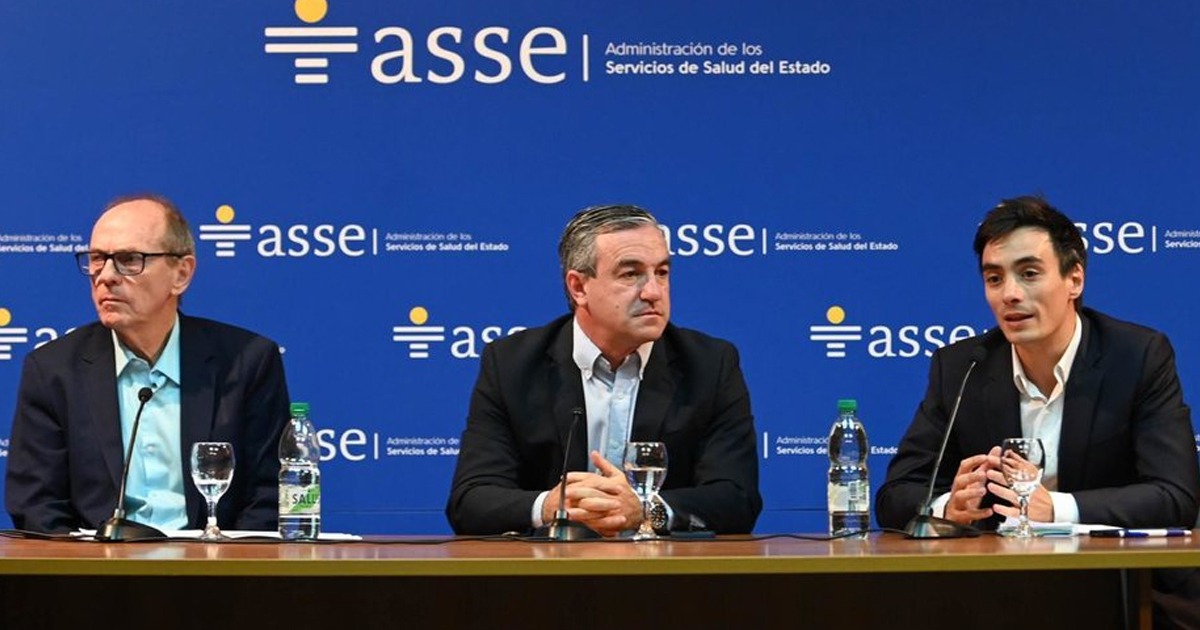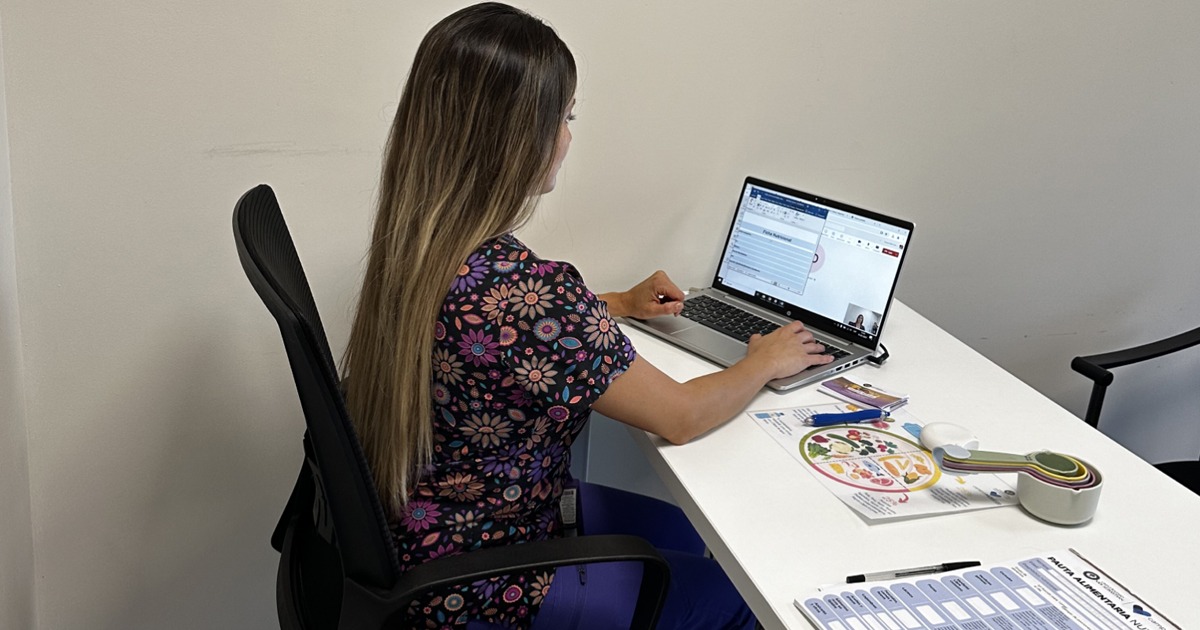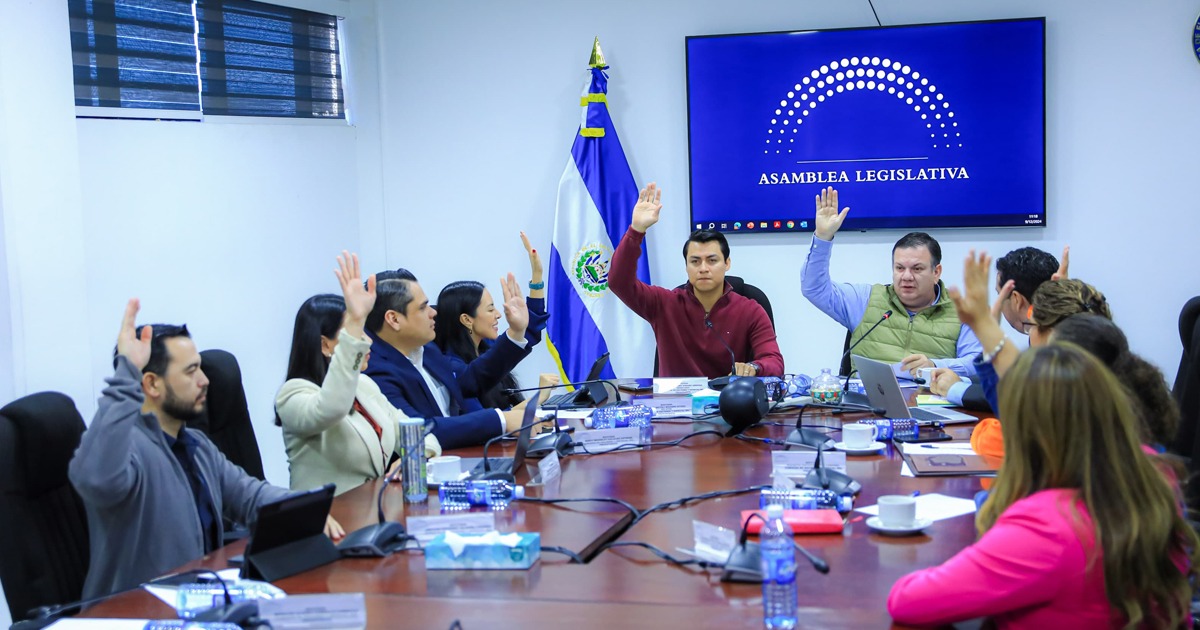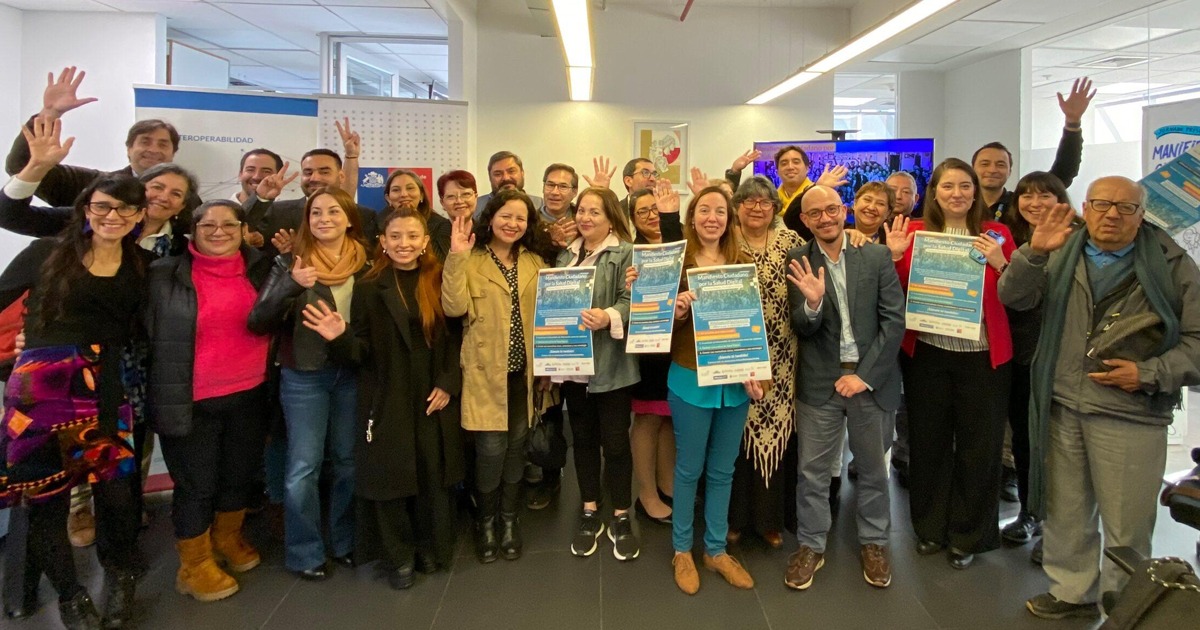The Teletriage system is a joint project of the Pan American Health Organization, the University of Chile and international development agencies from Japan and Germany.
This remote care model was implemented in ten Family Health Centers (CESFAM), which are part of the South Metropolitan Health Service (SSMS) in Chile. Teletriage allows health professionals in primary health establishments to attend and prioritize patient care through the use of Information and Communication Technologies (ICTs).
Teletriage is an online tool that, through a form, is capable of solving and improving the efficiency of the process of accessing and prioritizing patients' emergencies, according to PAHO. In this way, users enter their request, complete the form, which is later reviewed by the professionals of the medical establishment, and subsequently derive and request tests, doctors, schedule an appointment or resolve care by phone.
The strategy was successful, since 1 out of 10 visits could be resolved remotely, without the need for patients to attend one of the CESFAMs. In addition, attentions are usually resolved in an average of two days. Streamlining care processes and prioritizing patients who do require care at the facility.
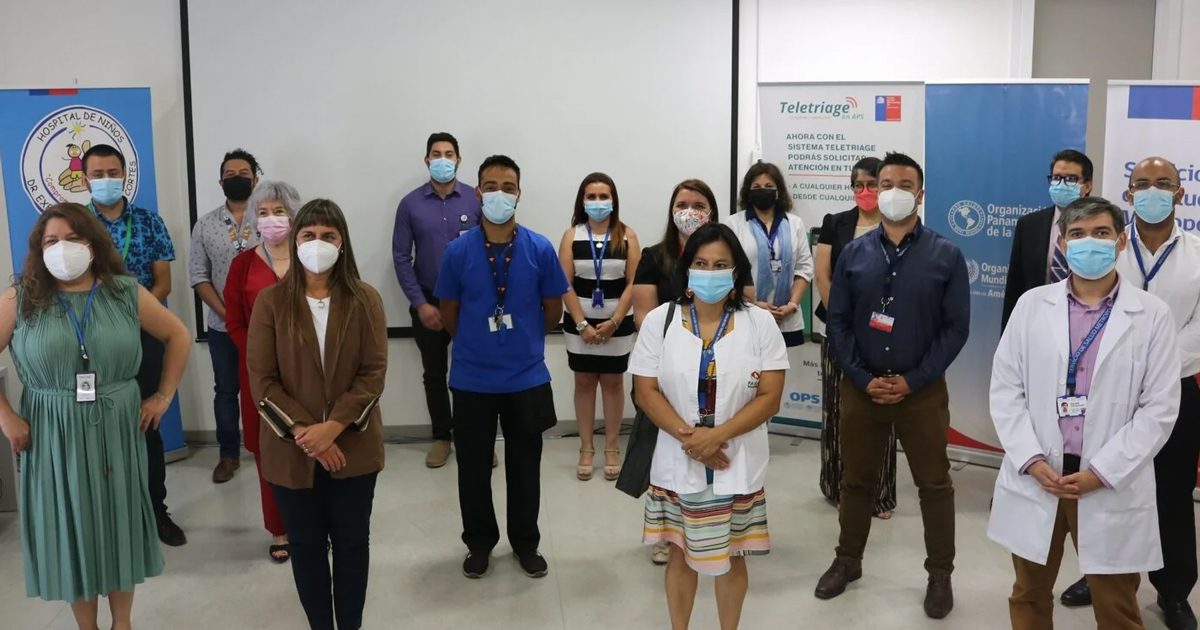
"When the possibility of doing something different in this pandemic period was raised to see how we facilitated people's access, especially in the Primary Care part, which is the first door, the entrance where people arrive," explained the director of the program Dr. Carmen Aravena.
On the other hand, Dr. Mario Cruz International Advisor on Health Systems and Services of PAHO Chile, explained that "it is of great interest to us to be participating in this seminar because it represents a milestone in a project that we consider has been very productive and that it will be very valuable for the management of PHC teams, not only in Chile, but it has the potential to become a regional public good, and that was what interested PAHO and WHO to be part of this initiative”.
